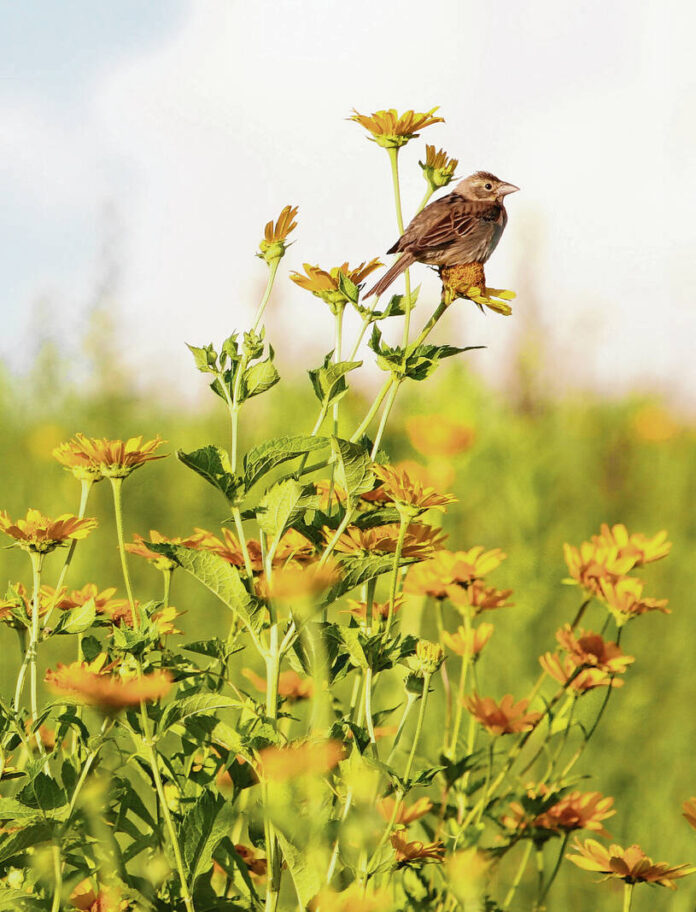National Audubon Society has conducted an annual Christmas Bird Count (CBC) since 1899. The data collected over the years has benefited science and conservation. Counting birds is an enjoyable way to spend time outdoors in the winter. If you are unable to venture outside, you can still participate by counting out your window or the passenger seat of a vehicle.
The CBC is rooted in the early years of conservation. A movement to protect rapidly diminishing wildlife populations was just beginning when the CBC was created as an alternative to a tradition of competing to see who could shoot the most animals. Theodore Roosevelt, Gifford Pinchot, John Muir and others were issuing in the idea of conserving wildlife and wild lands for future generations. The CBC allowed many to participate in the movement.
Still today, individuals who share a passion for wildlife work collectively through the Audubon network to collect data in a grassroots fashion. Then scientists use the data to determine areas of concern for birds and bird habitat. This leads to policy changes for the protection of wildlife. It starts so simple, bird by bird.
“The Audubon Christmas Bird Count is a great tradition and opportunity for everyone to be a part of more than 12 decades of ongoing community science,” said Geoff LeBaron, Audubon CBC director. “Adding your observations helps scientists and conservationists discover trends that make our work more impactful. Participating in the Audubon CBC is a fun and meaningful way to spend a winter for anyone and everyone.”
An interactive map on the Audubon website allows participants to join a count. Open the map and you’ll see circles representing count areas. Click the icon inside a small circle and a box pops up. Inside the box is an email for the person gathering the data for the count. Contact them before your count to be enrolled.
There are local and national bird counts scheduled throughout the year. You don’t have to be registered for an event to go outside and count birds, but it does help science to add your findings to the overall data pool. The following are a few of the bigger counts held each year.
Climate Watch – Climate Watch bird counts aim to gather data on how climate change is impacting bird populations. The counts happen twice per year. The winter count is from January 15 to February 15. The summer count is May 15 to June 15. The data collected helps determine if the range of any species is shifting.
Great Backyard Bird Count –The GBBC takes place each year Friday through Monday over President’s Day Weekend, which is February 17 – 23 this year. A GBBC can be conducted anywhere you want. As the name implies, your backyard would be a fine location to observe. You can participate without ever living your house by watching through a window. You decide the time and place. You must watch for at least 15 minutes or more at least once over the course of four days, then report your data through the Audubon website.
Counting birds is something everyone can participate in. If you’re fortunate to have the physical ability to go hiking, then this is a great opportunity to lace up your boots, grab your binoculars, bird identification book or have an app for that, bring along a notebook and a thermos of coffee and hit the woods in search of birds.
See you down the trail…
Brandon Butler writes a weekly outdoors column for the Daily Journal. For more Driftwood Outdoors, check out the podcast on www.driftwoodoutdoors.com or anywhere podcasts are streamed. Send comments to [email protected].





